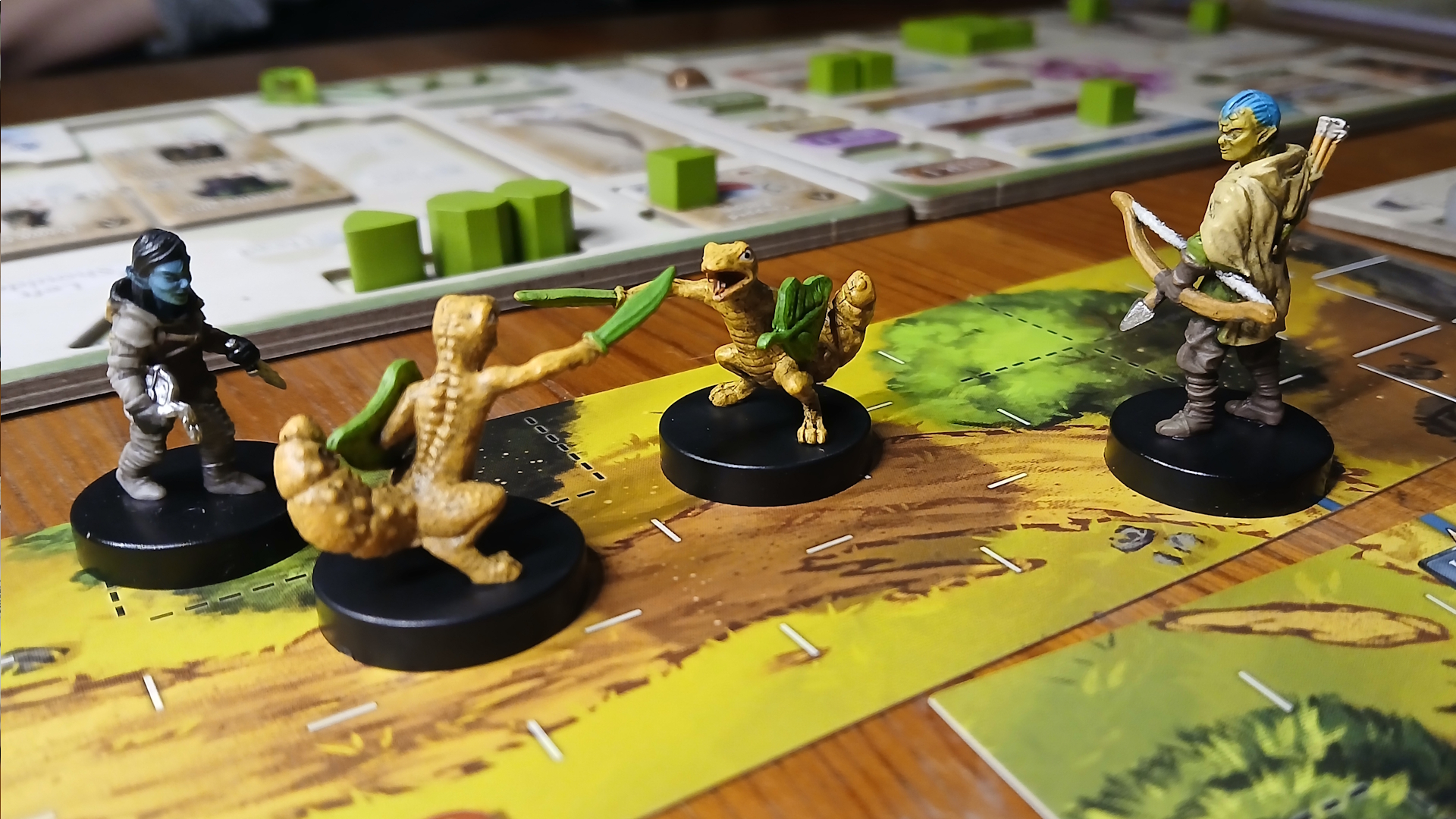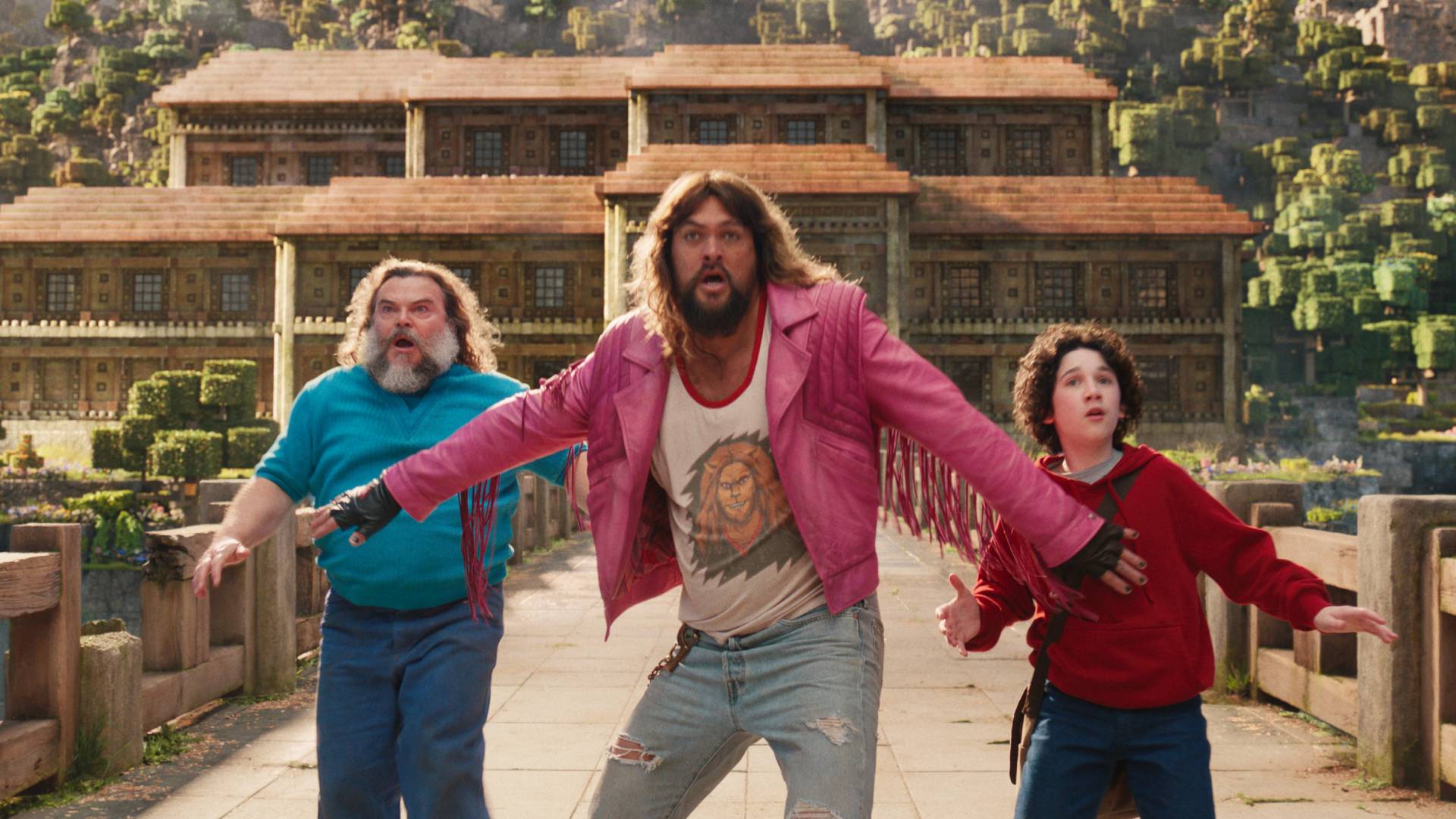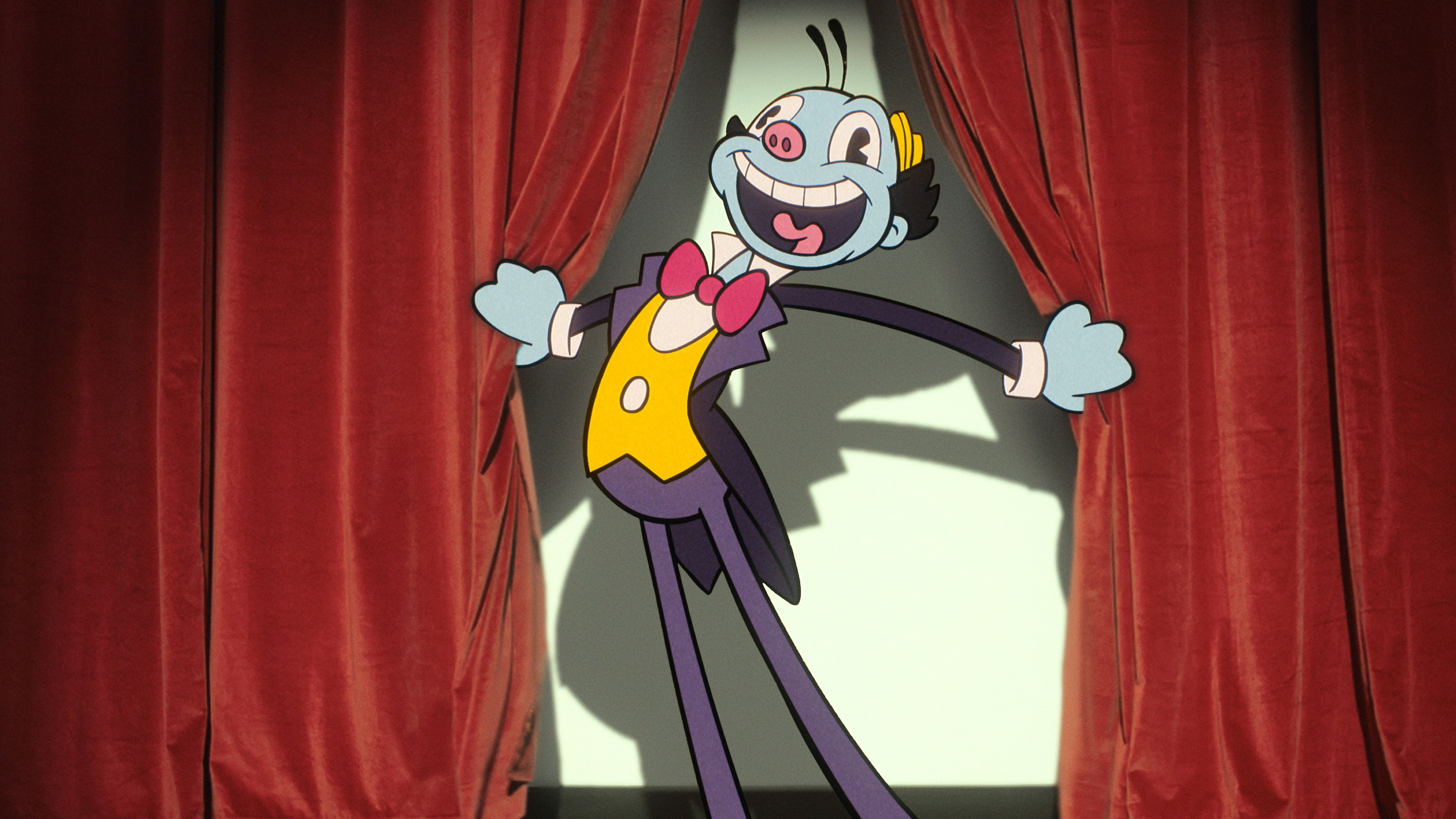Heroes of Might and Magic TTRPG designers describe it as "the story you always imagined in your head as a kid" with epic battles that set it apart from D&D
"It’s epic. It’s ruthless"
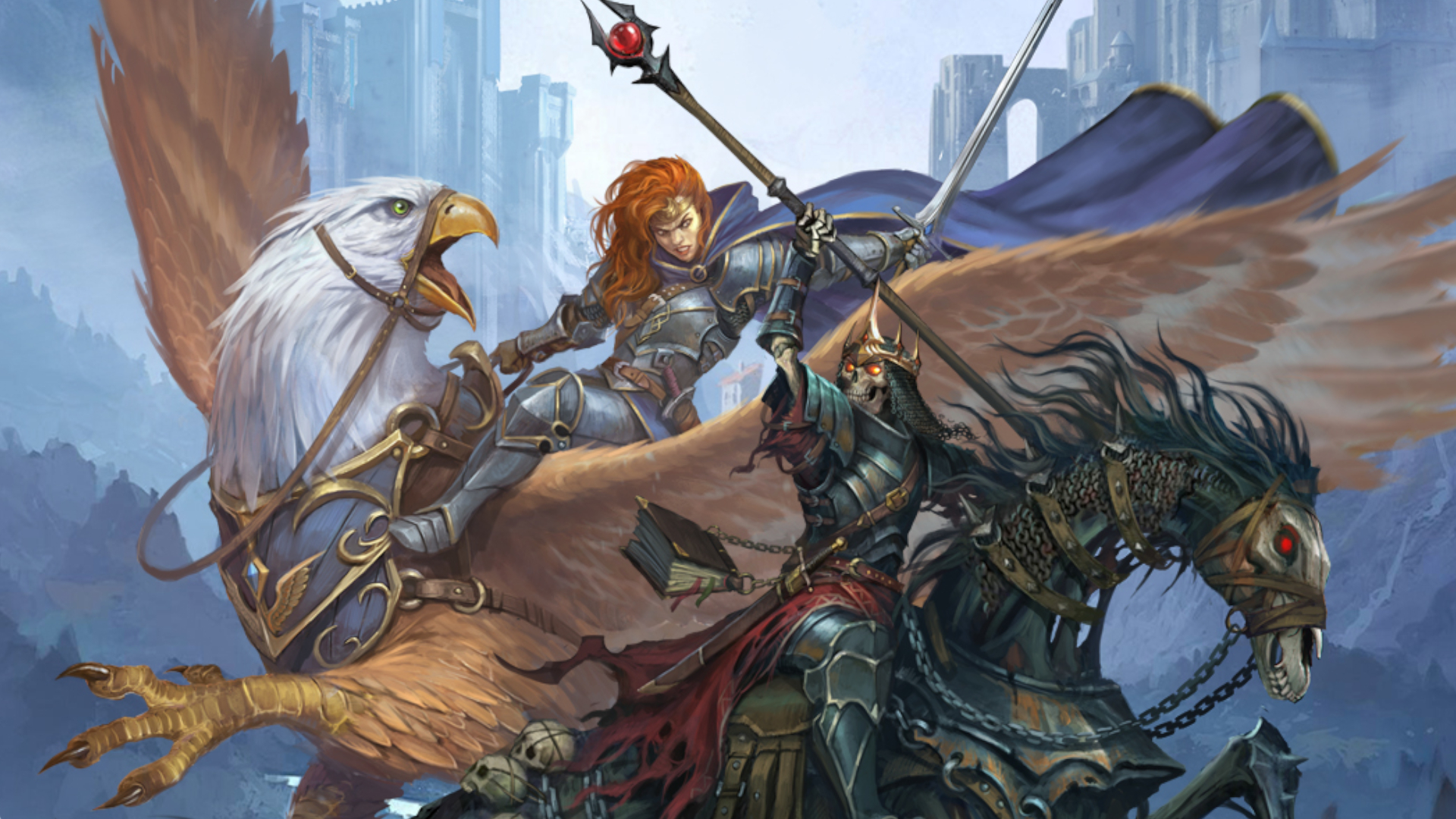
There's no shortage of fantasy-based RPGs like D&D, but the Heroes of Might and Magic tabletop roleplaying game has an ace up its sleeve to stand out: battles.
Rather than just letting you loose on a medieval world crewed by elves, dwarves, and other assorted cliches, this one thrusts you into the plate-armored boots of a commander leading armies into war. Daring tactics and counter-attacks are order of the day as a result, providing a very different flavor from D&D and the best tabletop RPGs.
Ahead of the Kickstarter's campaign from Modiphius Entertainment and Lans Macabre Publishing on May 6, I caught up with lead writer and designer Zbigniew 'Zed' Zych from Lans Macabre Publishing. Here's what they had to say about the latest TTRPG on the block.
- GR+: For anyone who isn't familiar with Heroes of Might and Magic, can you give us a quick rundown of what makes the franchise special?
Heroes of Might and Magic is a turn-based strategy game series that combines resource management, army building, and tactical combat on grid-based battlefields. You explore a fantasy world, gather resources, capture towns, recruit units, and fight both AI and other players. But what makes it stand out?
The game is nothing short of a cultural phenomenon—one you could analyze, dissect, and rave about for as long as you could keep replaying it… and trust me, you'll want to replay it a lot. It’s incredibly easy to jump into—friendly to newcomers, with mechanics and a one-of-a-kind atmosphere that pulls you in deeper and deeper. It’s the perfect mix of 'easy to pick up, hard to master.' And for seasoned veterans? The strategic depth is downright addictive. There’s always a reason to play just one more round.
And let’s be real — players love the art and music. In Heroes III, the visuals and that legendary soundtrack are etched into the memory of anyone who ever touched the game. It was truly something different back then — and it’s aged like fine wine.
But what really made it magical was how it brought people together. Back when internet access was a luxury, not the default, Heroes gave us something rare — hot seat multiplayer. One PC, a bunch of friends, and that special kind of energy you get when everyone’s huddled around the screen, cheering, scheming, and waiting for their turn. It felt a lot like a tabletop RPG session, honestly — and that’s an element we really tried our best to preserve.
Sign up to the GamesRadar+ Newsletter
Weekly digests, tales from the communities you love, and more
It wasn’t just playing a game. It was being part of something — together.
- There's obviously no shortage of fantasy tabletop RPGs, so what makes this one stand out from the crowd?
Sure, there are plenty of games that let you step into the boots of wizards, warriors, or rogues. But Heroes of Might and Magic 2d20 (HoMM2d20) is something else entirely.
Here, you don’t just play a character — you play someone who matters. A figure powerful enough to shape the course of history, even if they're only beginning their journey. Each player becomes a military commander — a seasoned leader who commands troops and makes sweeping decisions.
But this isn’t a solo campaign. Every Hero is part of a team — a coalition of equally capable, ambitious individuals united by a common cause and bound to a specific Town, which grows and evolves as the campaign unfolds.
And let’s not forget the “Might & Magic” in the title. Every Hero, regardless of class, has access to elemental magic. Sure, a Warlock or a Cleric might specialize in spellcraft — but even a Knight or a Barbarian won’t hesitate to hurl a Magick Arrow when the time is right. And vice versa: spellcasters aren’t frail, tower-bound bookworms — they’re battle-hardened champions, fully capable of holding their own in a duel.
As for the 2d20 mechanics — there’s Conan 2d20, and it’s brilliant in its own right, but it’s a different kind of fantasy. HoMM2d20 shifts the focus from gritty, individual survival to bold, strategic action and collective heroism - with more than just a hint of magic. The system thrives on the tension between Morale, Luck, and Threat — a triad of metacurrencies that turns every scene into a dynamic tug-of-war between cinematic triumph and looming risk.

- When translating the series to TTRPG form, what were some key 'must-haves'?
Beyond the battles and the Town development, HoMM2d20 is committed to bringing back the iconic factions and units from the video game — all of them.
But we’re not stopping at just ticking boxes. Every unit is being designed to reflect not just its stats and mechanics from the original game, but also how players felt using them — the tactics, the memes, the community headcanons, the whole vibe. Whether it’s the suicidal gremlins, the wall-strifing harpies, or the unreasonably smug Grand Elves — if it mattered to the fandom, we want it to matter in the RPG.
Our goal is to let players not only use these units the way they remember, but to actually live out the fantasy of commanding them.
And, of course, we couldn’t leave out the rest of the magic: the legendary spells, unforgettable artifacts, and the unmistakable flavor of the world — like rolling for the astrologer’s prediction, discovering a hidden Magic Well, tossing a coin into the Fountain of Fortune, or picking up rumors in a smoky tavern.
Heroes has always thrived on its passionate fanbase, and we’re embracing that energy — just like the original developers did, welcoming mods and expansions like Horn of the Abyss into the legacy. It’s only right we honor that legacy by giving players the full experience — vibe included.
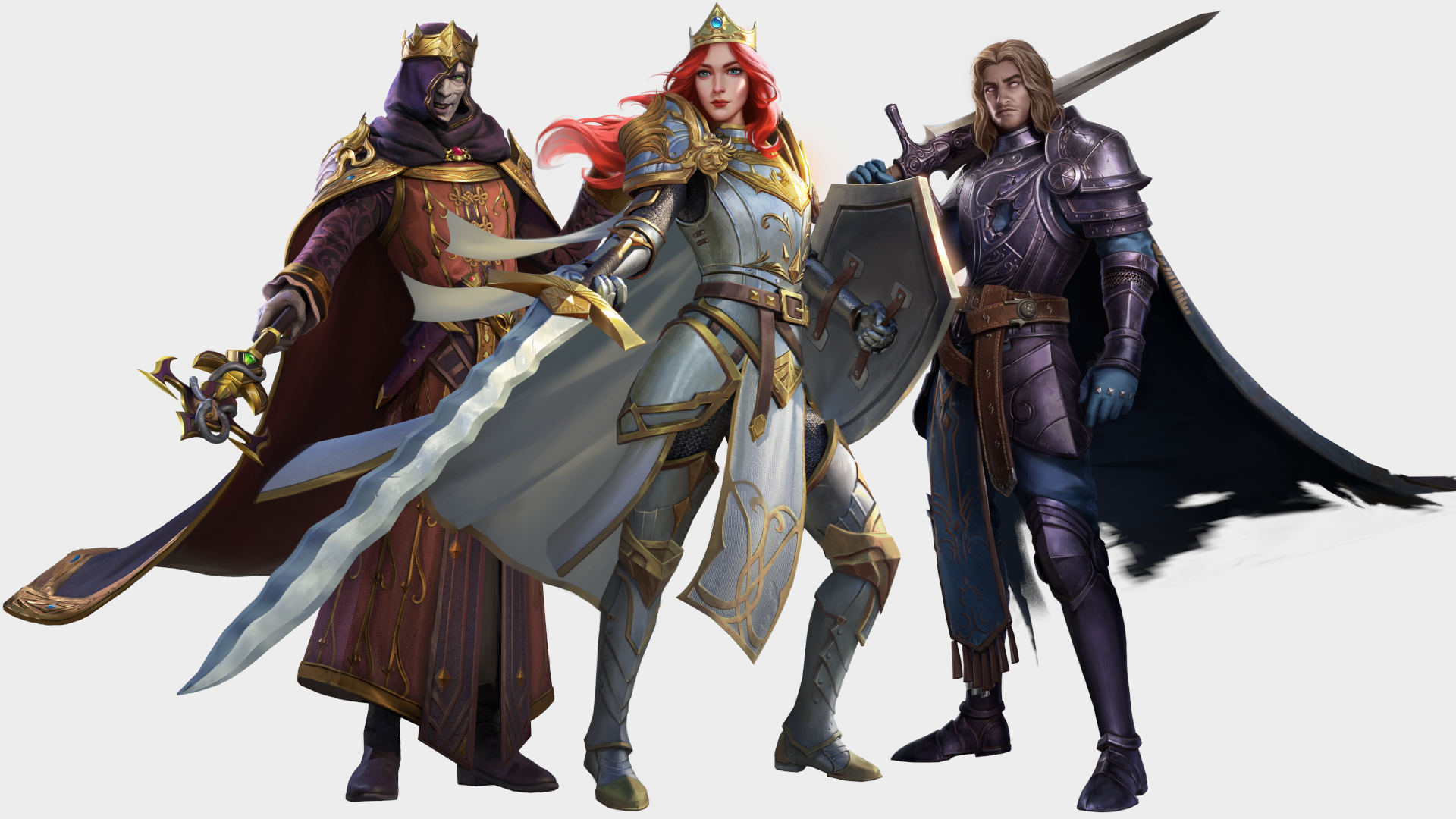
- Leading armies into battle is something the Heroes games are best known for. How do you recreate that experience in a pen and paper RPG?
Of course, when it comes to battles, the rules will shift — or rather, expand — to capture the chaos of the battlefield, the weight of tactical choices, and the heightened stakes of every move. But don’t expect this to turn into a miniatures skirmish game or a hardcore tactical sim. HoMM2d20 is about heroic charges, daring bluffs, desperate last stands, and brilliant, sacrificial maneuvers. The kinds of actions that make legends - and good cinema, I might add - turning the tide of a story.
We want players to feel like they’re riding into battle at the head of their behemoths, clashing steel with gorgons, or casting a clutch support spell under a hail of cyclopean boulders.
What we’re building is not a tabletop war game. It’s a narrative-driven, high-stakes, fast-paced adventure. When battle erupts, we zoom in — just like in your favorite fantasy or historical epics — on the moment that matters: the turning point, the charge, the spell, the sacrifice. It’s the story you always imagined in your head as a kid, watching your favorite unit crush its enemies in the PC game — now, you get to actually play it out, describe it.
- Something that stands out to me about earlier entries is their blend of sci-fi and fantasy via the Ancients and seeding worlds with futuristic tech. Can we expect to see this explored within the TTRPG?
This is not that version of Heroes where you wake up one day and discover the world is a spaceship. While we love that blend of sci-fi and fantasy, in Homm2d20 we are keeping it fully grounded in high fantasy. Our focus is on the fantasy aspect — not the hidden science fiction behind the curtain.
- This game takes us back to Enroth. Where are we in terms of the wider story, and why was this particular moment in time chosen?
We’ve chosen a moment that offers the greatest opportunity for Hero characters to influence the fate of Enroth and carve their names into legend — the Restoration of the Kingdom of Erathia. The game begins as Catherine lands on the shores of Antagarich.
There’s a storm brewing across Antagarich — and your Heroes are thrown right into its heart. As Krewlod and Tatalia tear into the border, warbands and mercenaries swarm the war-torn Kingdom of Erathia, turning every skirmish into an opportunity — or a betrayal waiting to happen. Deyja's necromancers stir the pot with dark magic and deadlier politics, toppling stability with assassinations and quiet corruption. Meanwhile, the ancient powers of Griffins and Angels descend once more onto mortal battlefields, rallying behind the banners of a kingdom clawing its way back from ruin.
And just as hope seems to flicker, Eofol and Nighon strike — launching a brutal, two-pronged assault aimed straight at Stedwick, Erathia’s heart. Their goal? Burn the capital to the ground before the Queen’s forces can ride to its defense.
It’s epic. It’s ruthless. And in the middle of it all: your Heroes — ready to change the tide or be swept away by it. This isn’t just a backdrop. This is your chance to reshape the fate of Enroth.
We all know how the story of Enroth ends in the video game. But the moment we hand the reins of this world over to the GM and the players, their story takes over. A new timeline begins — one where anything can happen.
There will be a detailed timeline of key events in the core rulebook, and it will be up to the players to choose where to step in. From there they will be able to shape the unfolding saga in their own way.
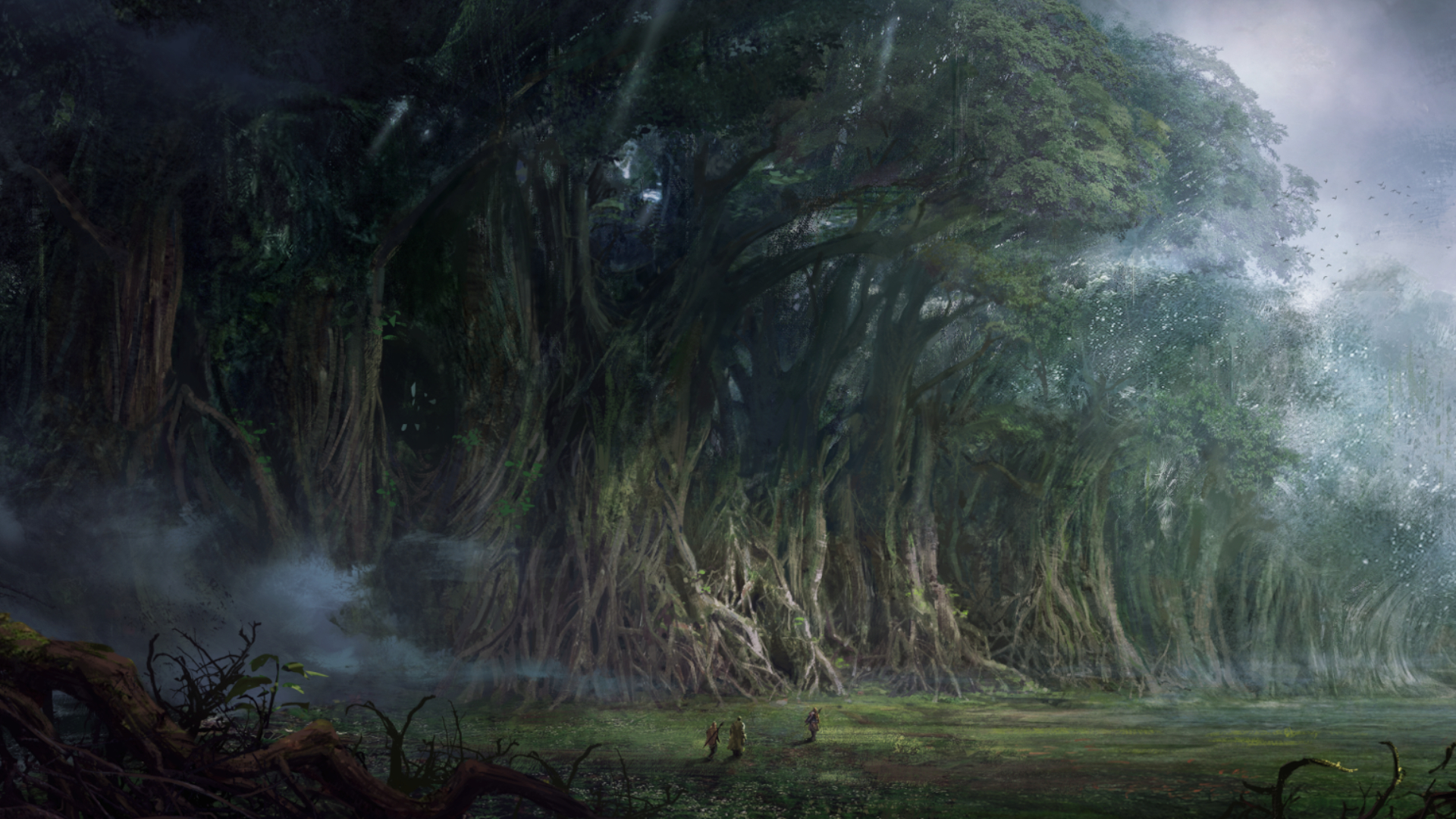
- Have there been any unexpected challenges in developing this game? Equally, what have you enjoyed the most about the process?
Quite amusingly, the biggest challenge has also become one of the most enjoyable parts of development — the battles. Balancing combat, testing various mechanics, refining systems — it’s a huge undertaking, especially with the constant stream of feedback we’re receiving from playtesters across Poland and beyond.
What also gets us fired up as RPG designers is the chance to really dive deep into the colorful array of bloodlines and character classes — fourteen of them, to be exact. We’ve gone far beyond what was possible - or for that matter required - in the PC game. These aren’t just stat blocks — they’re cultures, philosophies, ways of thinking. What motivates a necromancer? How does it feel to play a djinn rather than a human? What kind of worldview do the ancient, cold-blooded Lizardfolk of Tatalia hold, and why do they have such a prohibitively low spawn rate?
One of the genuine highlights of this project has been collaborating with incredibly talented artists. Jens Lindfors created the character illustrations for the quickstart and Pavel Rtishchev delivered the epic cover for the core rulebook — and a personal favorite of ours: a moody necropolis scene inspired by... well, we’ll leave that for players to discover. It’s in the quickstart, and we’re pretty sure at least a few folks will recognize the reference.
- To finish up, do you have anything you'd like to say to the fans who are excited to return to Enroth?
We want this to feel like a return to Enroth — but in a deeper, more immersive way. One that brings out what the computer game couldn’t fully capture: the emotions, the weight of relationships, the dramatic impact of spur-of-the-moment decisions, and the joy of shared storytelling around a table with friends. We hope the world feels both familiar and new. We’d like our players to feel at home, while still feeling the thrill of discovering something fresh.
And perhaps most importantly, it is our utmost desire to allow Heroes of Might and Magic III, a title that drew so many people into fantasy in the first place — in some cases right alongside Tolkien or D&D — ring out again, inspiring a whole new generation of fans.
The Kickstarter for Heroes of Might and Magic 2d20 will arrive shortly, but until it does, why not check out the best board games or the best card games?

I've been writing about games in one form or another since 2012, and now manage GamesRadar+'s tabletop gaming and toy coverage. You'll find my grubby paws on everything from board game reviews to the latest Lego news.
You must confirm your public display name before commenting
Please logout and then login again, you will then be prompted to enter your display name.
